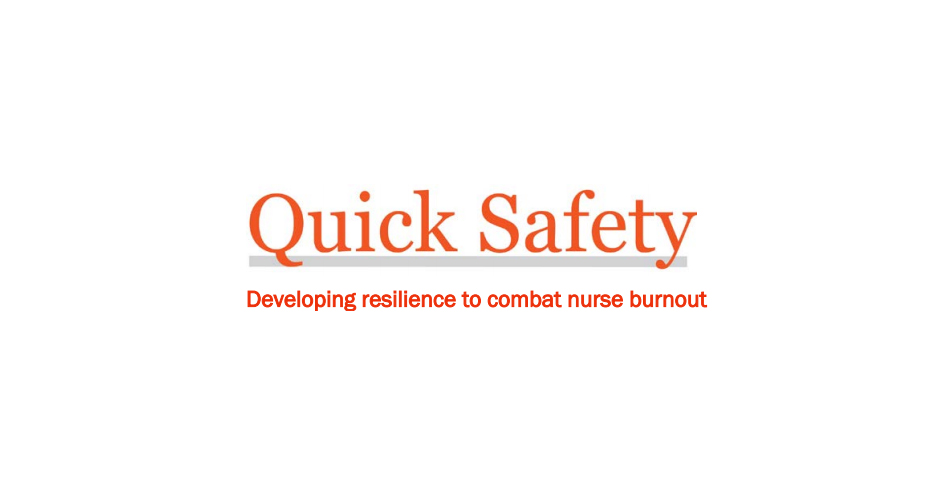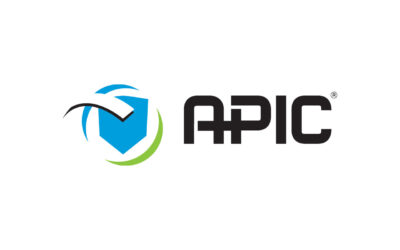
Nurse resilience strategies, safety actions and resources highlighted
Nurses accomplish a myriad of tasks and responsibilities, but often at high personal cost. The need to juggle competing priorities in often high-stress situations can result in feeling overwhelmed or burnout. According to an April 2019 national nursing engagement report, 15.6% of all nurses self-reported feelings of burnout, with emergency room nurses at higher risk.[1]
Findings from another 2019 survey revealed that burnout is a leading patient safety and quality concern among health care organizations. However, only 5% of respondents said that their organization was highly effective at helping staff address burnout.[2]
A new advisory from The Joint Commission, Quick Safety, Issue 50: “Developing resilience to combat nurse burnout,” encourages health care organizations to address resilience – the process of personal protection from burnout – to protect nurses and other frontline staff.
The advisory reviews how burnout interventions may lead to increased employee retention, reduced staff turnover and performance problems, and increased patient satisfaction. It also emphasizes the important role of leadership in creating a positive work environment to empower and motivate nurses and other frontline staff to achieve the best outcomes for patients, staff and the organization.
In addition to supportive actions by leadership, health care organizations can use the following safety actions to help nurses develop resilience in order to combat burnout:
Provide education for nurses, preceptors and nurse leaders to identify behaviors caused by burnout and compassion fatigue.
Improve clinician well-being by measuring it, developing and implementing interventions, and then re-measuring it.
Offer nurses opportunities to reflect on and learn from practice and other practitioners (e.g., positive role models).
Develop or utilize current tools for staff to use to anticipate opportunities and problems.
Work with internal team to assess if current electronic health record (EHR) system may be customized to optimally support nursing workflow.
Conduct regular staff meetings with discussions on new organizational policies, processes and outcomes from higher leadership meetings. Engage nursing input in these meetings.
The Quick Safety is available on The Joint Commission website. It may be reproduced if credited to The Joint Commission.
[1] Brusie C. Study reveals alarming statistics on nurse burnout. nurse.org, April 7, 2019.
[2] 2019 Annual Patient Safety & Quality Industry Outlook. Kennesaw (GA): Patient Safety & Quality Healthcare (PSQH), psqh.com/intelligence










